East Roman Empire (Byzantine Empire)
During the period from 562 CE to 1267 CE, Corfu underwent significant changes. In 562 CE, the island faced a devastating attack by the Goths, resulting in the destruction of the ancient city of Corfu, now known as Paleopolis.
This event marked the end of the ancient city and signaled the beginning of the medieval age on the island. The displaced inhabitants moved north to a natural promontory, forming the foundation for the old fortress. Over time, the new city expanded into what is now the old town of Corfu.
From 562 CE to 1267 CE, Corfu experienced the Byzantine period, followed by the challenging Angevin occupation. Positioned as the westernmost corner of the Byzantine Empire, Corfu faced constant pirate attacks and territorial ambitions from neighboring regions.
To safeguard Corfu, the multicultural Byzantine Empire took extensive measures. They stationed diverse mercenary guards, including Greeks, Syrians, Bulgarians, and stradioti (Byzantine soldiers), across the island. These guards, deployed from the northeast to the southwest, gradually assimilated into the local population.
This era witnessed the construction and enhancement of many fortresses on the island. The old Corfu fortress in the city underwent redesign and fortification. Other fortresses like Angelokastro in northwestern Corfu, Kassiopi, Gardiki in the southwest, and several smaller ones were built, bolstering the island’s defenses.
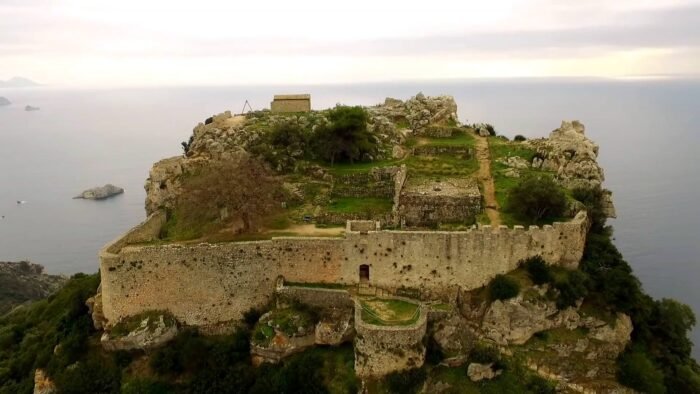

The turbulent years after the Fourth Crusade (1204 CE – 1214 CE)
In 1204 CE, the Normans of the Fourth Crusade captured Corfu. Shortly after, the Venetians took control, holding the island until 1214 CE.
This period marked a notable shift in Corfu’s history as it exchanged hands between these European powers.
The Despotate of Epirus (1214 CE – 1267 CE)
From 1214 to 1259 CE, Corfu became part of the Byzantine domain of Epirus, specifically the Duchy known as the Despotate of Epirus.
During this period, Despot Duke Michael-Angelos Komnenos the Second oversaw the construction of significant fortifications on the island. These included the Gardiki fortress, located near today’s Chalikouna area, and the Angelokastro fortress, situated in the northwest part of the island north of Paleokastritsa.
These fortifications played a crucial role in the island’s defense during this era.
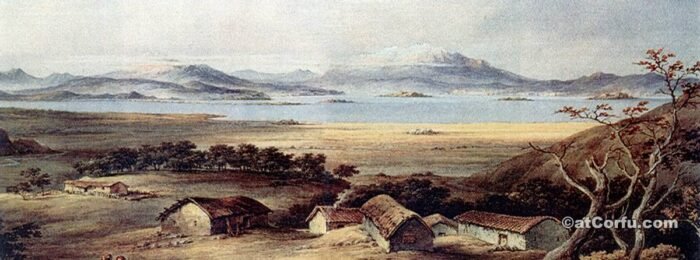

The Period of Sicilian Rulers
During the tumultuous period from 1259 to 1267 CE, Corfu experienced various attempts by Sicilian rulers to gain control over the island, employing diplomatic means like dowries and, at times, resorting to military force.
The first successful conqueror of the island was Manfred, the king of Sicily. However, following Manfred’s death in battle, his Franco-Cypriot adjutant, named Philip Ginardo, took charge of Corfu.
Subsequently, Philip Ginardo met a violent end, leading the island to fall under the rule of his generals, the Garnerio brothers, and Thomas Alamano.
It is noteworthy that the surname “Alamanos” still exists in Corfu today, indicating a Sicilian origin for some of the island’s inhabitants.
The House of Anjou (1267 CE – 1386 CE)
In 1267 CE, the Angevin King of Sicily, Charles of the House of Anjou, successfully conquered Corfu. Upon securing control, he reorganized the island into four administrative regions: Gyrou, Orous, Mesis, and Lefkimi—names that endure in the region today.
This period saw a significant influx of Jewish people, mainly from Spain, settling in Corfu and establishing the Corfiot Jewish community.
Charles of Anjou also tried to replace the Orthodox Christian faith with Roman Catholicism, aiming to convert Orthodox churches. However, this endeavor proved unsuccessful and concluded when the Venetians regained control of the island.




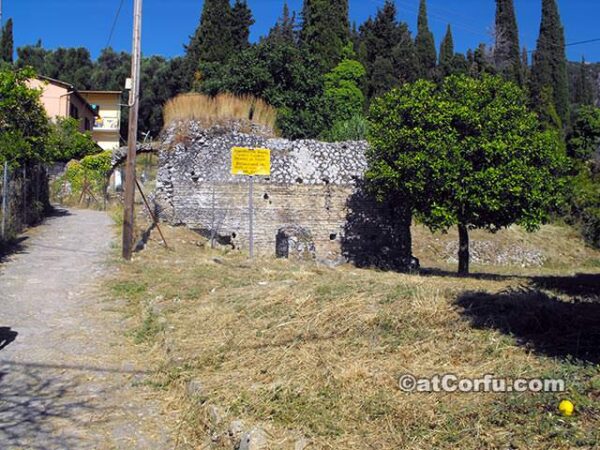
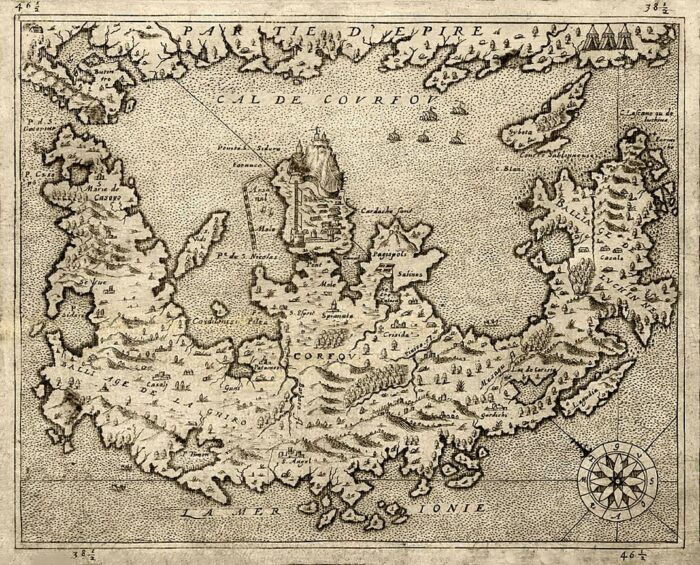
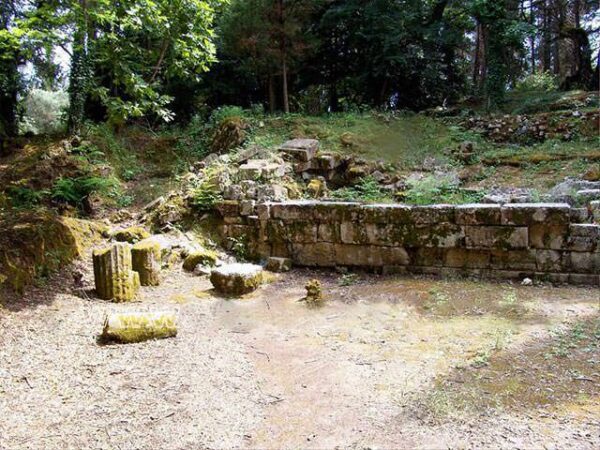
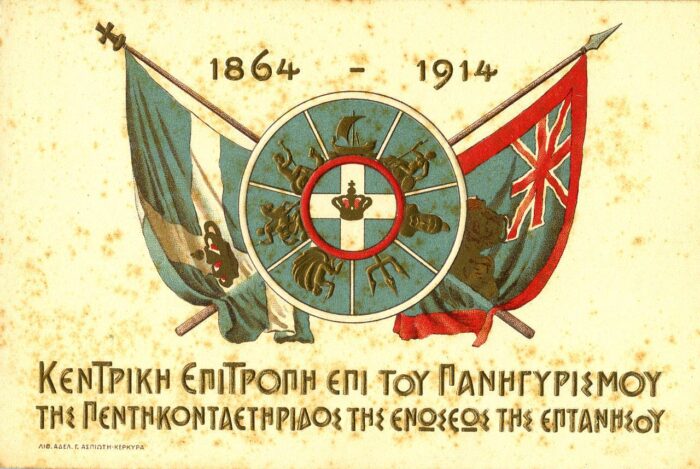
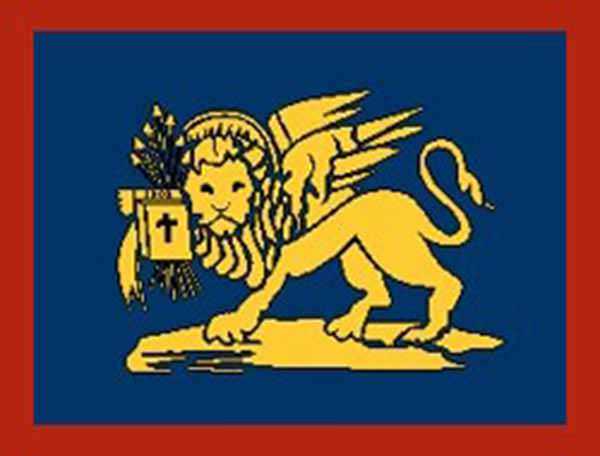

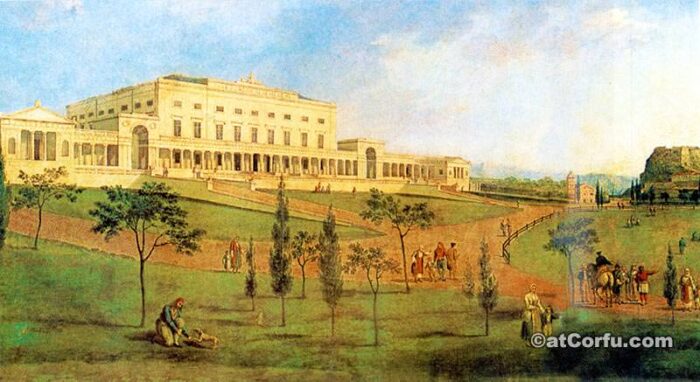
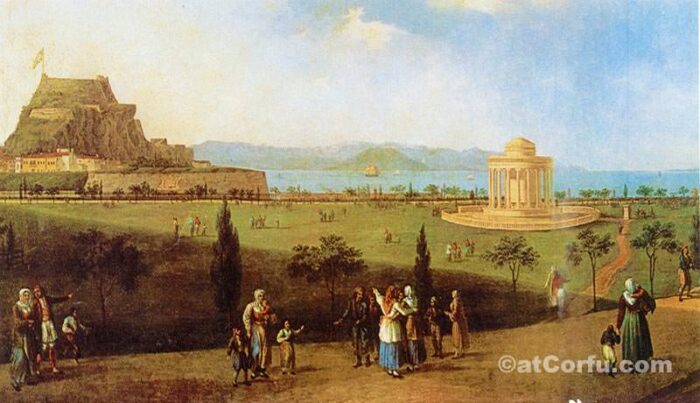

Comments